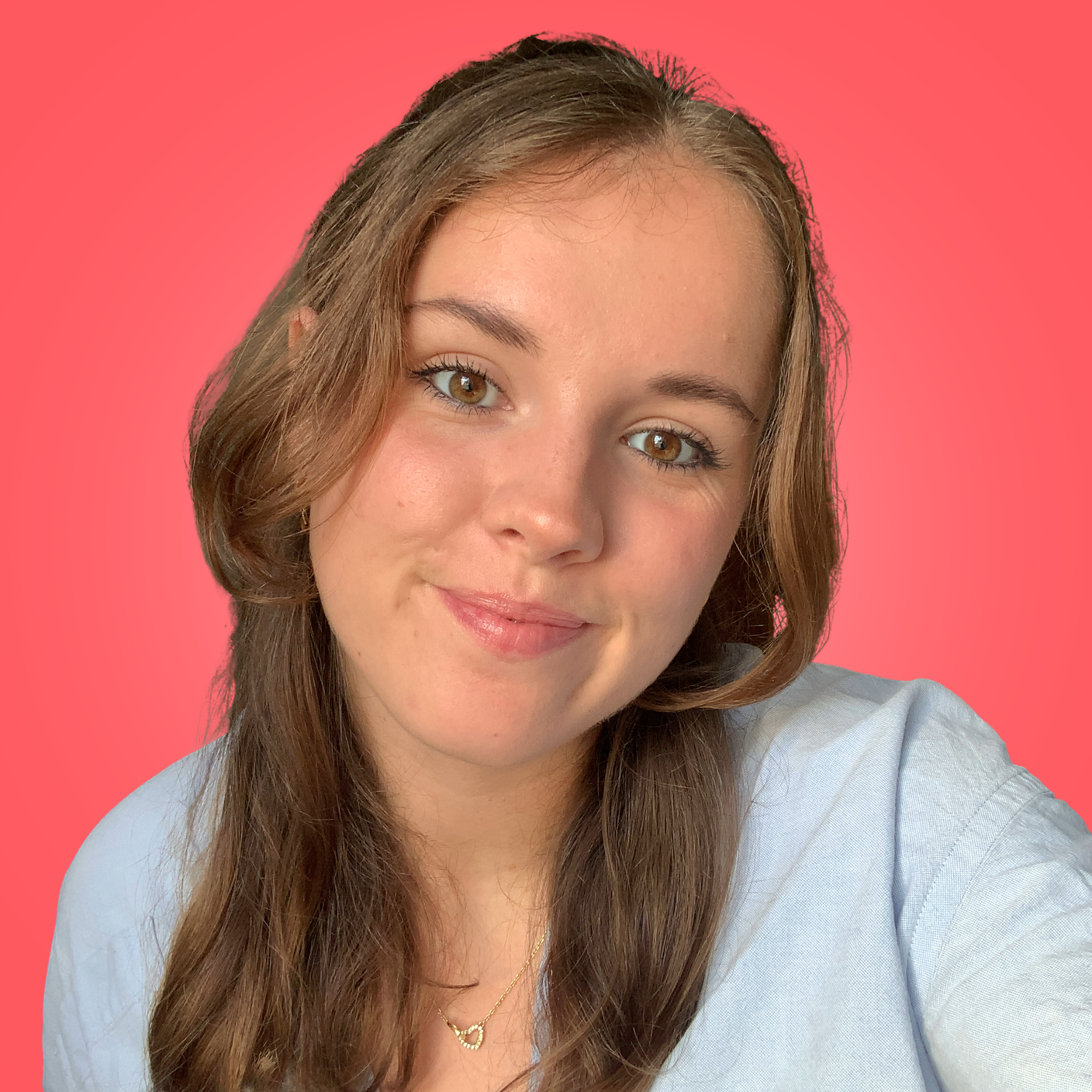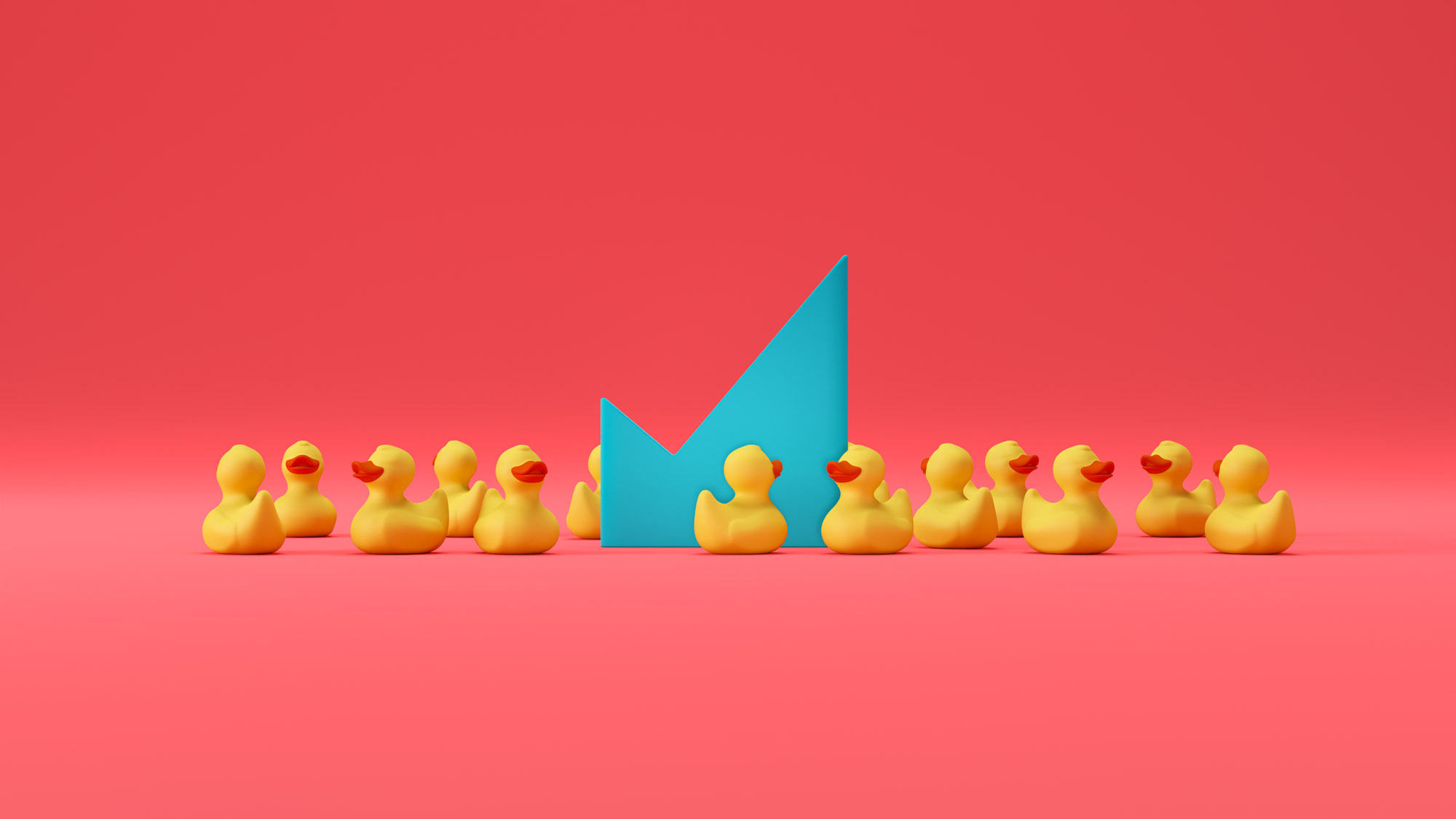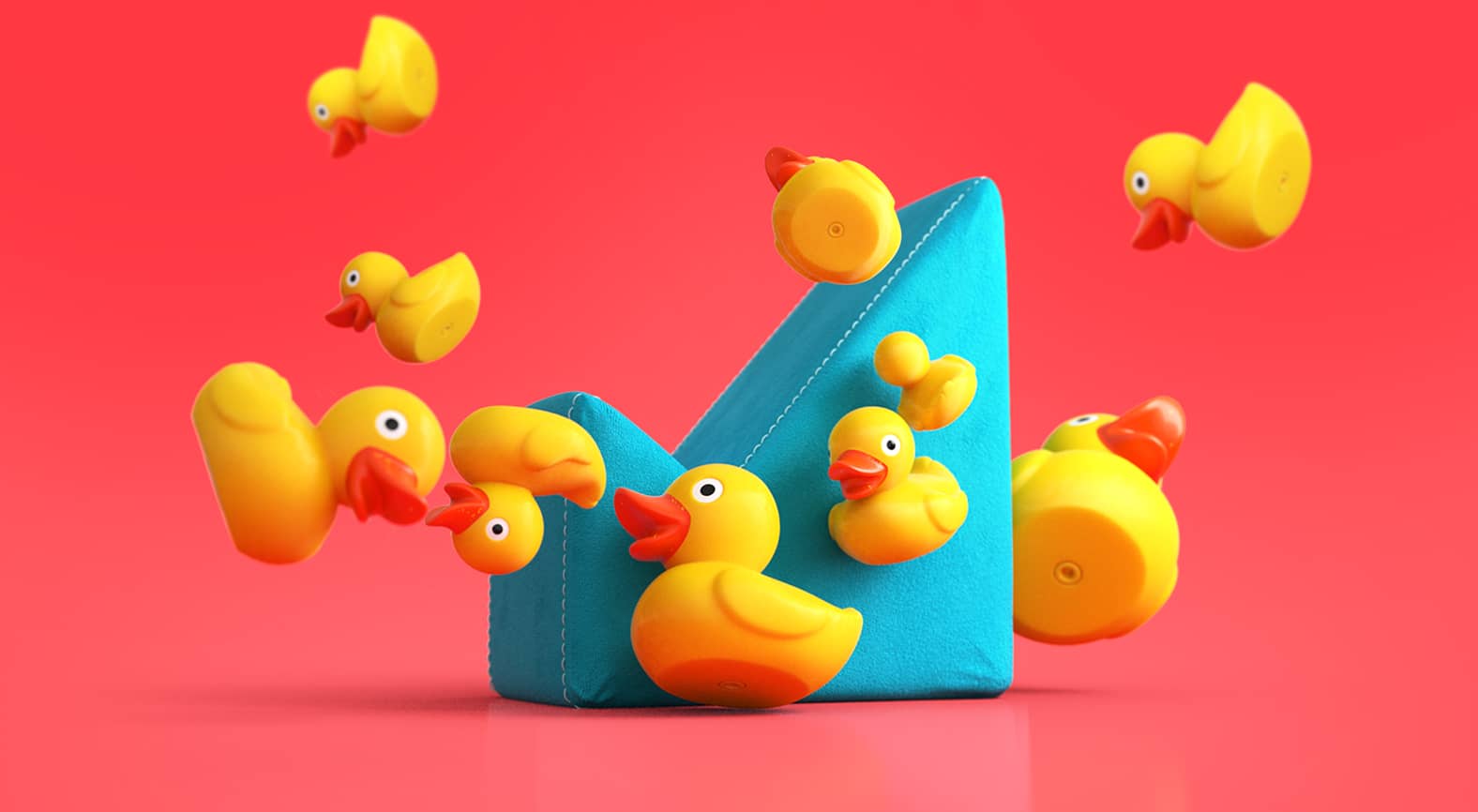Last week, Percy Camelo and I attended a LinkedIn workshop in their London office on how to successfully drive ROI within the platform. The event was split into two sessions; the upcoming AI Beta products launching soon, and Lead Generation best practices.
From the first talk, it was very apparent that LinkedIn are, like the rest of us, exploring ways to utilise AI within their platform. I have only worked with the predictive audiences feature on Campaign Manager, so learning about the wide range of new products that are either already in place, or will soon be launching, is something I was very interested in learning more about.
There are three main focal points that LinkedIn aims to improve through their AI tools: building a brand, growing the business, and maximising value in terms of investment. With the ultimate aim to connect marketers, sellers, and buyers faster, here are the things they’re releasing that I am most looking forward to:
- The introduction of Microsoft Designer in Campaign Manager, which will allow users to upload their text or image and receive a fully developed creative in return. As the whole process is completely editable, this will be an ideal feature to run quick and efficient a/b testing with colours, CTAs, logos etc.
- The option to edit assets within the platform (and therefore avoid premature ad fatigue) by providing recommendations within the platform itself. There will also be new ad copy suggestions based on what has already been inputted.
- The ability to optimise campaigns using a frequency targeting tool. This will be especially useful when running ABM campaigns with smaller audiences, as it will ensure that key metrics are met, while still targeting the relevant personas.
- The use of an AI Marketing Assistant, who will offer recommendations and help troubleshoot problems conversationally. This seems like it will be particularly beneficial when working on campaigns for a longer period of time, as the assistant will hopefully be able to suggest optimisations in areas that have previously been overlooked, or have been unchanged for a while.
- The simplification of campaign workflows with Accelerate. All that is needed to start is a URL and a product description, and then LinkedIn builds out the rest. As all of the finished product is completely editable, this would be ideal for campaigns that need a refresh, or a way to offer clients a range of options for new campaigns, without requiring excessive time and resource.
- The Qualified Leads Optimisation feature, which will help with how the company defines qualified leads with a specific conversion action that is fed into the platform.
In the next session, we moved on from the excitement surrounding AI, and onto something I am much more familiar with: Lead Generation. In the social sphere, there are 101 reasons for why a campaign may or may not be producing leads, and only half of those explanations are related to the form itself. It could be that we are targeting an audience who are not warm enough, or that the actual form itself is not consistent with the pain point advertised in the copy. Therefore, this session served as a great refresher on viewing lead generation as a holistic journey, as opposed to one single action that will instantly amass hundreds of leads.
The first thing to consider when planning a lead generation campaign is awareness. Whilst this may sound obvious, many clients are unaware of just how crucial this stage is in order to introduce new prospects to their products. The TOFU stage builds trust from the start, and according to LinkedIn, individuals are 6x more likely to convert if exposed to brand messaging before the conversion.
Part of this stage relies heavily on the amount of exposure the brand is receiving; the higher the reach and frequency, the more likely the campaign is to deliver cost-effective conversions. As customers need a minimum of three touch points, the initial awareness campaign is crucial in ensuring that viewers are familiar with the brand and what they offer, before they can make any decisions about whether to invest in the product or not.
The awareness stage also needs broad targeting to capture as many relevant personas as possible. By keeping targeting relatively open here, the content is more likely to be seen by the six to eight people who sit on the average buying committee. Once the campaign progresses on to the consideration phase of the funnel, it is then the ideal time to refine targeting towards those companies that are engaging strongly, as they are evidently further along in their buying journey.
When working on the lead gen form itself, it is key to keep it as minimal effort to complete to maintain the audience’s interest. One way to do this is by using pre-populated fields that keep the lead in platform, as opposed to taking them to a website form and losing their attention. This is largely why LGFs drive 5x more leads than website forms. As well as this, avoid asking the audience for too much information, or not offering them enough content in exchange for details. This will instantly deter people from registering and the whole funnel cycle will have to begin again.
To improve the quality of leads, select the work email validation function. This increases the likelihood of the individual of conducting the next step within the working day, as they are already in a work mind frame when they see the asset in their work inbox. The consumer is less likely to read this content if they are viewing it outside of working hours.
The actual offer of the LGF is equally as important, with LinkedIn highlighting that when looking at the most successful forms, 58% mention customer pain points, 45% call out the target audience, 33% quantify value with numbers or stats. As the audience has been receiving a full-funnel approach for a considerable amount of time when they are first served the consolidation content, the form helps to reinforce how they will uniquely benefit from the asset, and hopefully encourage registration.
Overall, it was a really great session and highlighted to me just how much potential AI has in the B2B social space, as well as reminding me that LGFs are more than just the form itself. Thanks to Katie Groon and the rest of the team at LinkedIn for hosting us, I look forward to coming back soon!





